This gluten-free bread recipe is truly the best! Easy to make and tastes like rye bread, made with teff flour, it’s egg-free, dairy-free, nut-free, and made without rice, starches, or gums. Vegan, video.
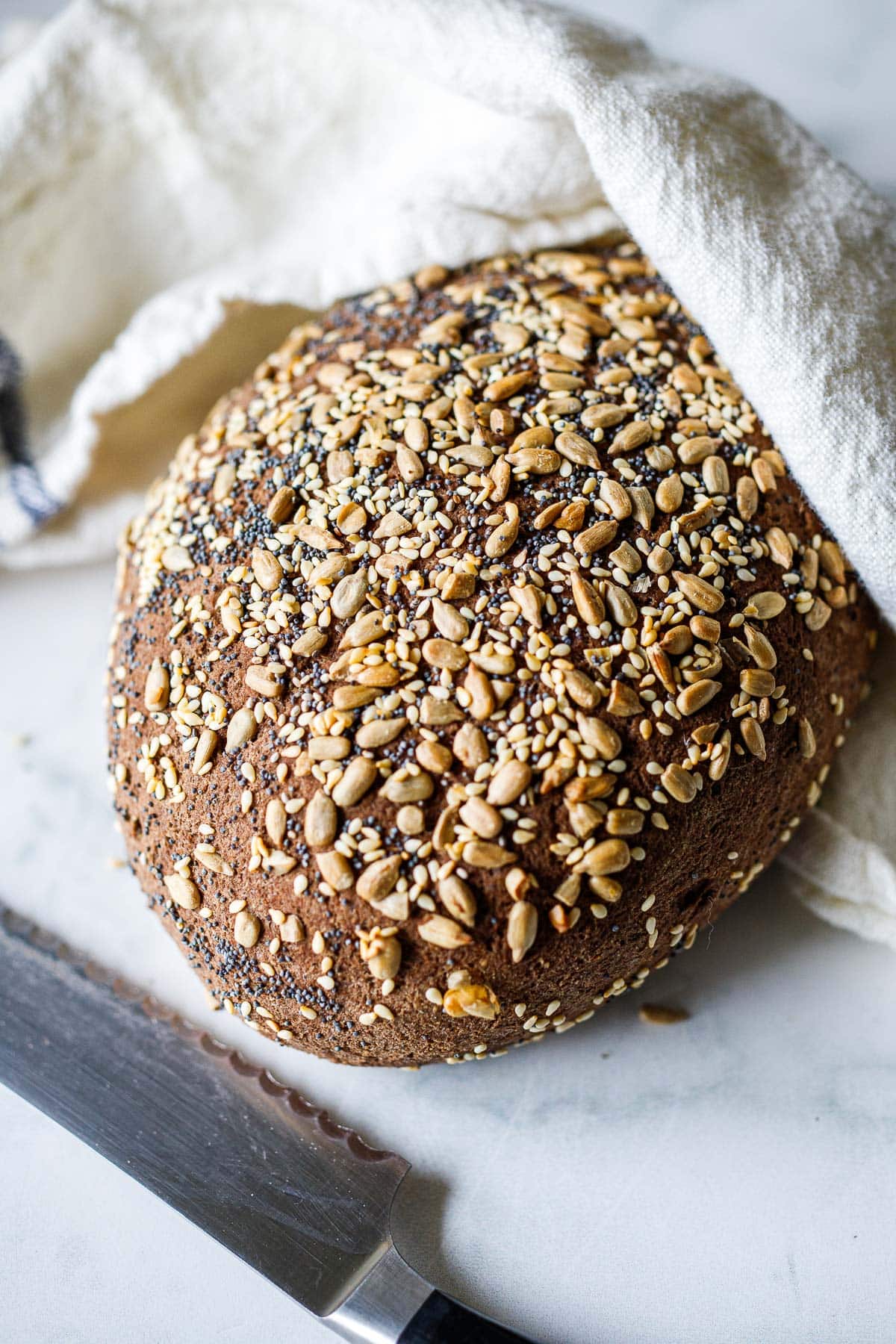
While visiting a farmers market in Tucson this winter, I discovered Amy's homemade gluten-free bread-a recipe so good I immediately asked her about it. She generously shared the details with me, and since then, I've been baking it in my own kitchen on repeat.
As someone who develops and tests recipes daily, I was impressed by how simple yet wholesome this bread is. The earthy flavor from teff flour makes it stand out, and even my gluten-loving husband, who devours our sourdough bread regularly, requests this gluten-free loaf for toast and sandwiches. It has truly elevated our morning avocado toast!
Because so many of you have asked for more gluten-free recipes, I'm thrilled to add this one to our collection. We now have hundreds of gluten-free options on the blog, from everyday meals to baking favorites!
One reader, Laura, commented: “This is the easiest gluten-free bread I have ever made! I did not know alot about teff, but it is SO nutritious! I am thrilled with this breads texture, flavor, nutrition, ease and storage. Crazy happy about it!” ⭐️⭐️⭐️⭐️⭐️
Why You’ll Love This Gluten Free Bread Recipe
- The best texture! It’s made with teff, a gluten-free flour. Highly nutritious and full of protein, teff gives the bread the best texture- moist and tender, not grainy or dry.
- The flavor! Teff gives it a toasty, earthy, nutty flavor that mimics my mother’s Finnish rye bread! Add caraway seeds – my favorite.
- It doesn’t have eggs, dairy, gums, potato starch or tapioca starch, brown rice flour, almond flour, a gluten free flour blend, or seed oils.
- It’s No-knead! The bread dough mixes together easily, so there is no need to knead! Shape it on a sheet pan and let it rise, with minimal hands-on time.
Ingredients For GF Bread
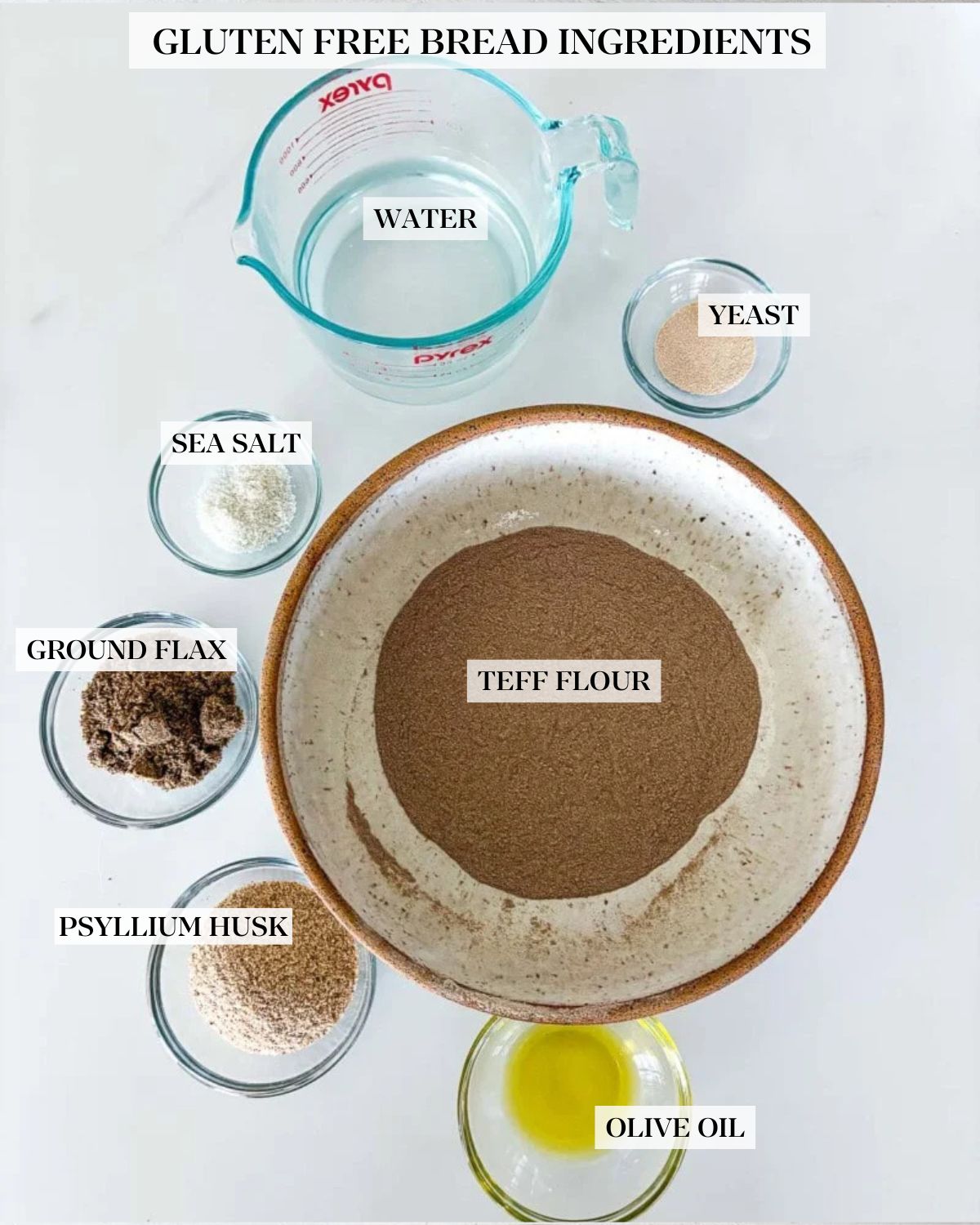
- Teff flour: Teff is an ancient grain from Ethiopia, the smallest grain in the world. You can purchase teff flour or grind whole teff seeds for this recipe.
- Ground flax seed: Or sub ground chia or basil seeds.
- Active dry yeast: Or see notes for how to use instant yeast or rapid rise yeast.
- Olive oil: Gives the bread a soft, tender texture.
- Psyllium husk: Binds the bread and helps it rise for a fluffy texture.
- Optional seeds: Sesame seeds, flax seeds, caraway seeds, fennel seeds, poppy seeds, chia seeds, or sunflower seeds for the top. Use a mixture! Using caraway makes this bread taste like rye!
Best Yeast For This Gluten Free Bread Recipe
If using active dry yeast, mix it with warm water (100-110°F) to activate it. It should foam within 5-10 minutes. Keep in mind, active dry yeast is very perishable, so be sure to check the expiration date!
Instant yeast is very stable and can be frozen for years. You can add this directly to the dry mixture with the flour. Mix warm water (up to130°F) and oil, then add this to the dry mixture. Instant yeast is also best for doing a slow, cold rise in the refrigerator.
Rapid rise yeast can also be mixed directly with the dry ingredients, but has a short rising time arc, and is not suitable for refrigerating.
How to Make Gluten-Free Bread
1. Activate yeast. Dissolve the active dry yeast in a small bowl of warm water (100-110℉). Use a thermometer.
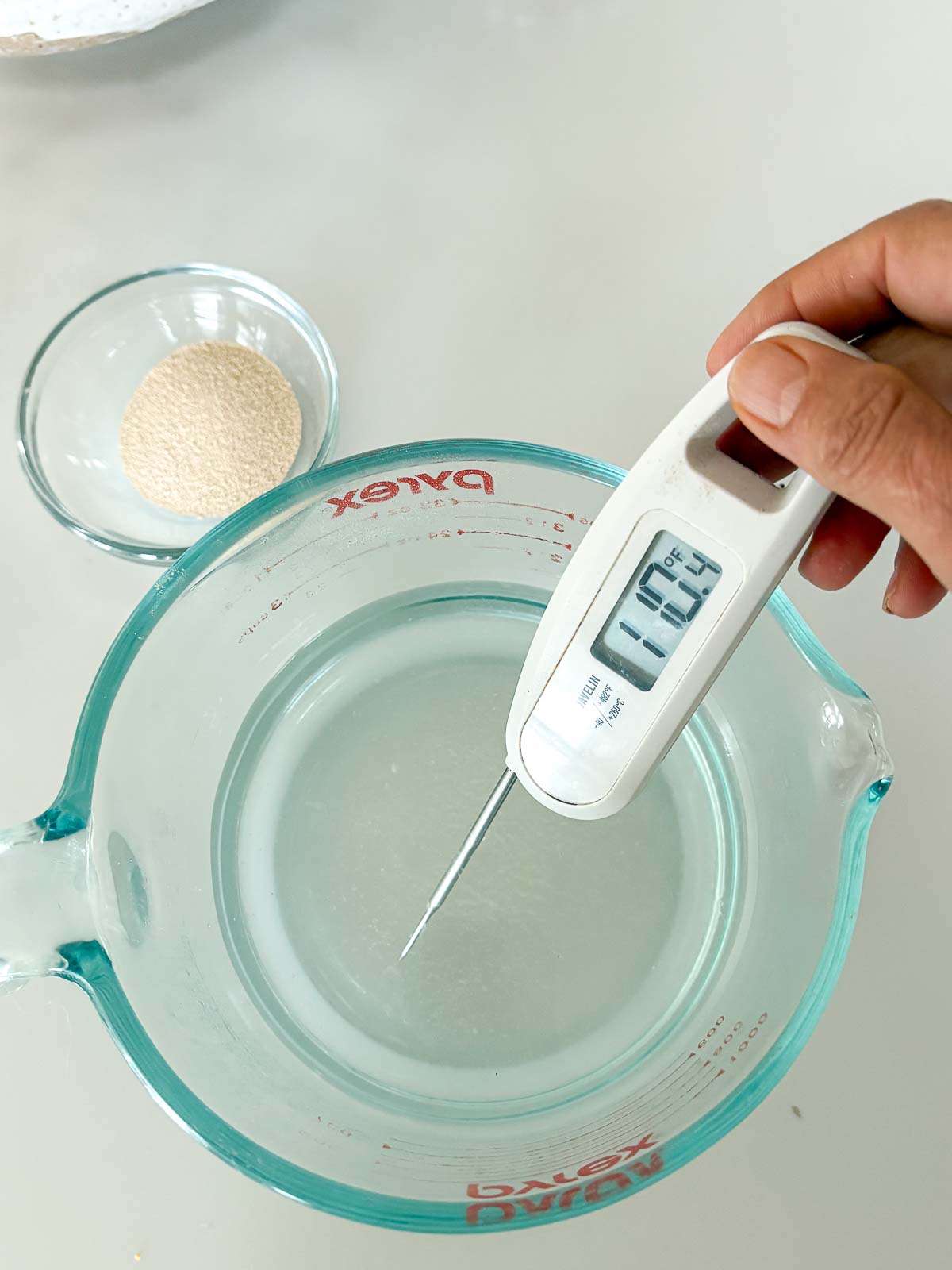
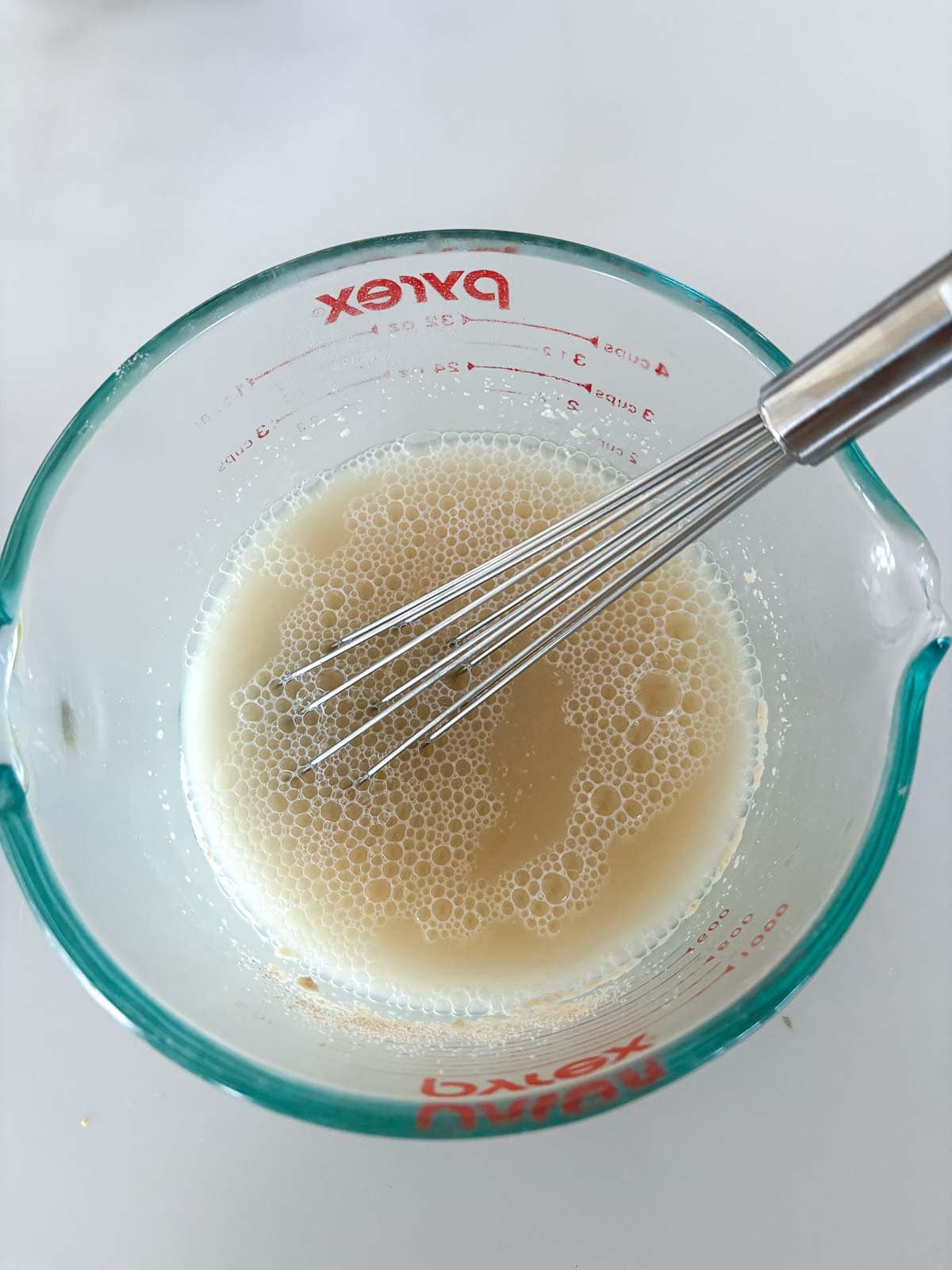
2. Combine dry ingredients. In a medium bowl, add the ground teff, ground psyllium, ground flax, and salt. Mix well.
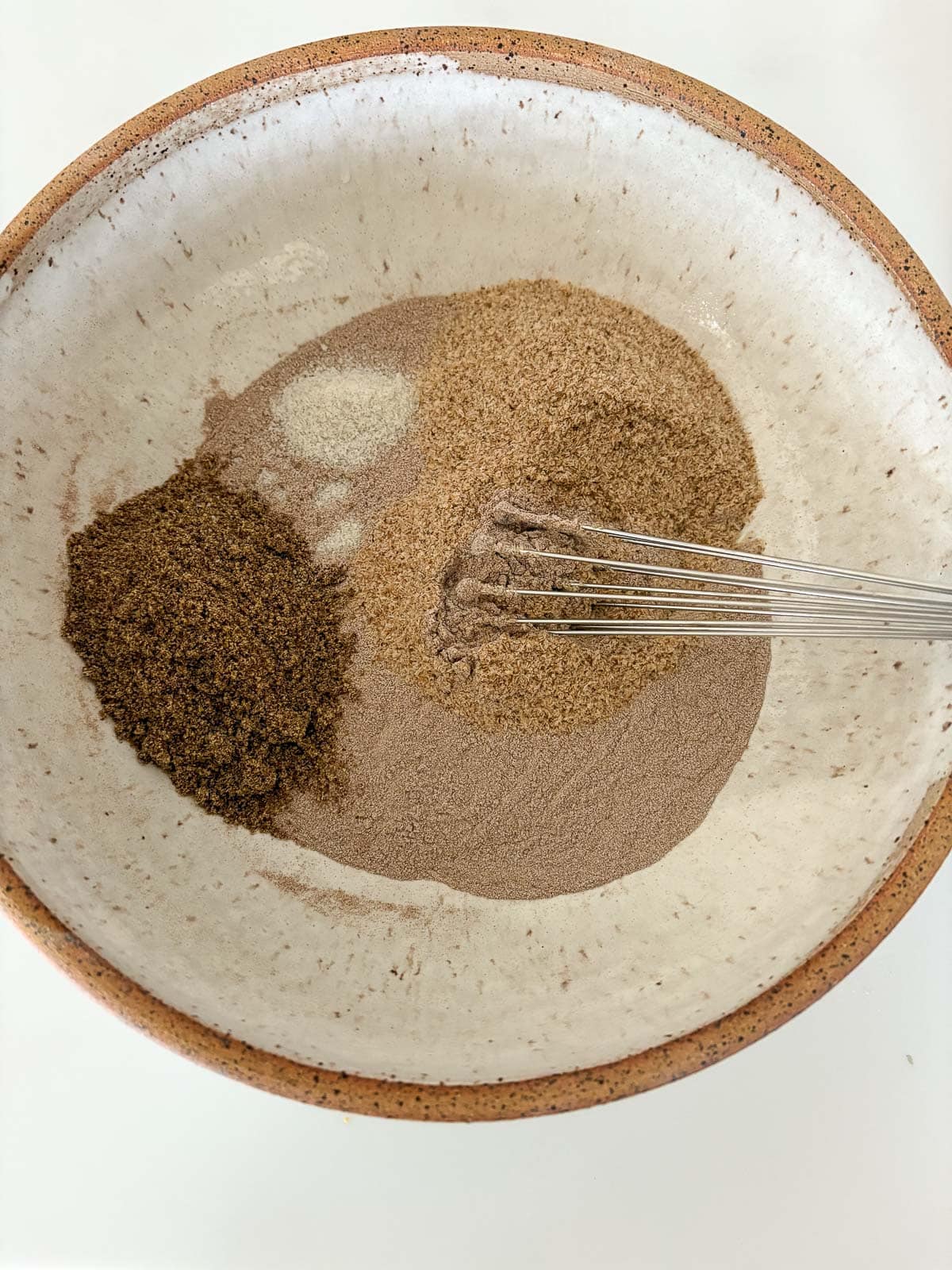
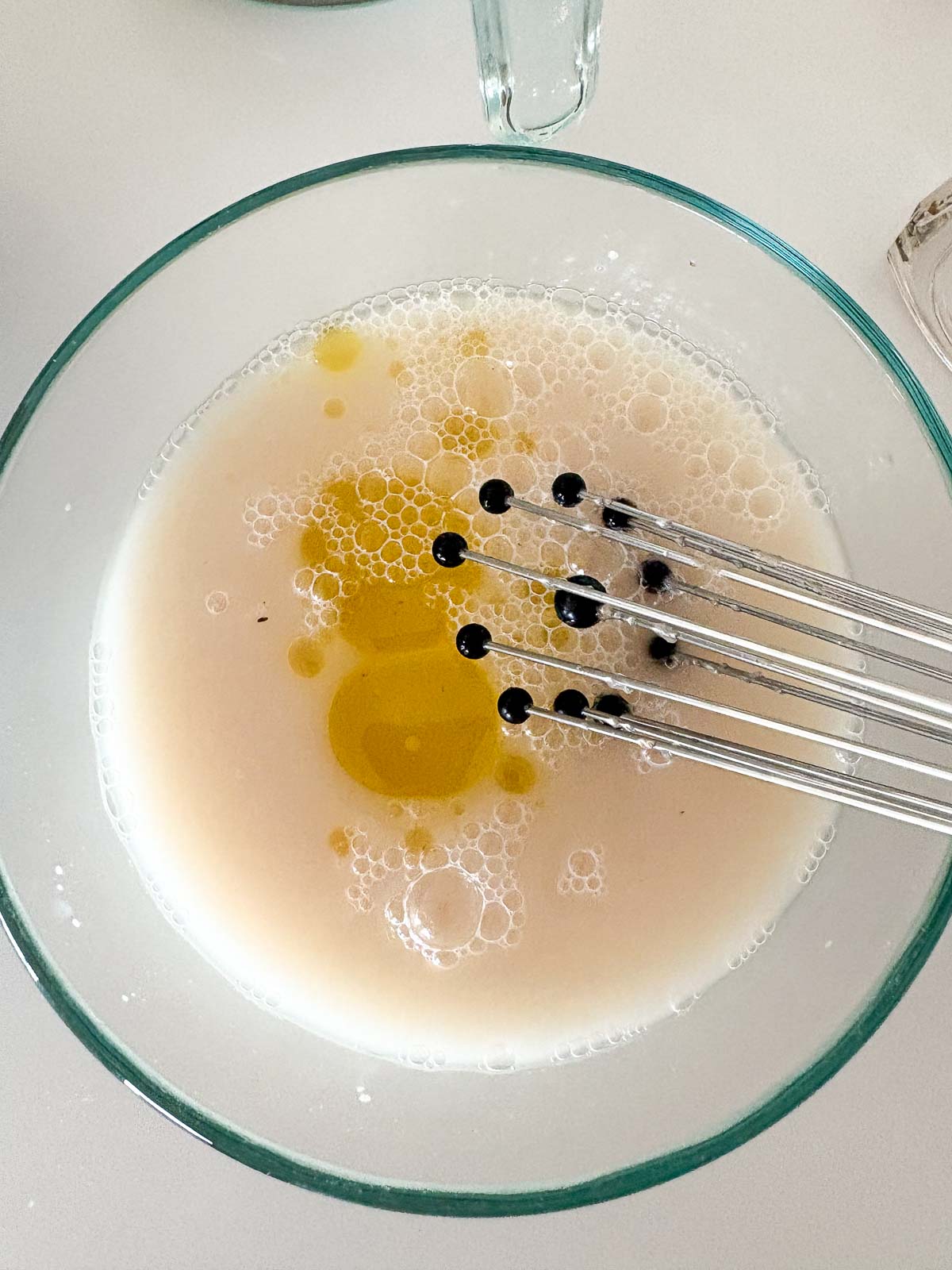
3. Add oil to the yeast. When the yeast is frothy, add olive oil to the bowl.
4. Add yeast and oil to the dry ingredients. Mix thoroughly.
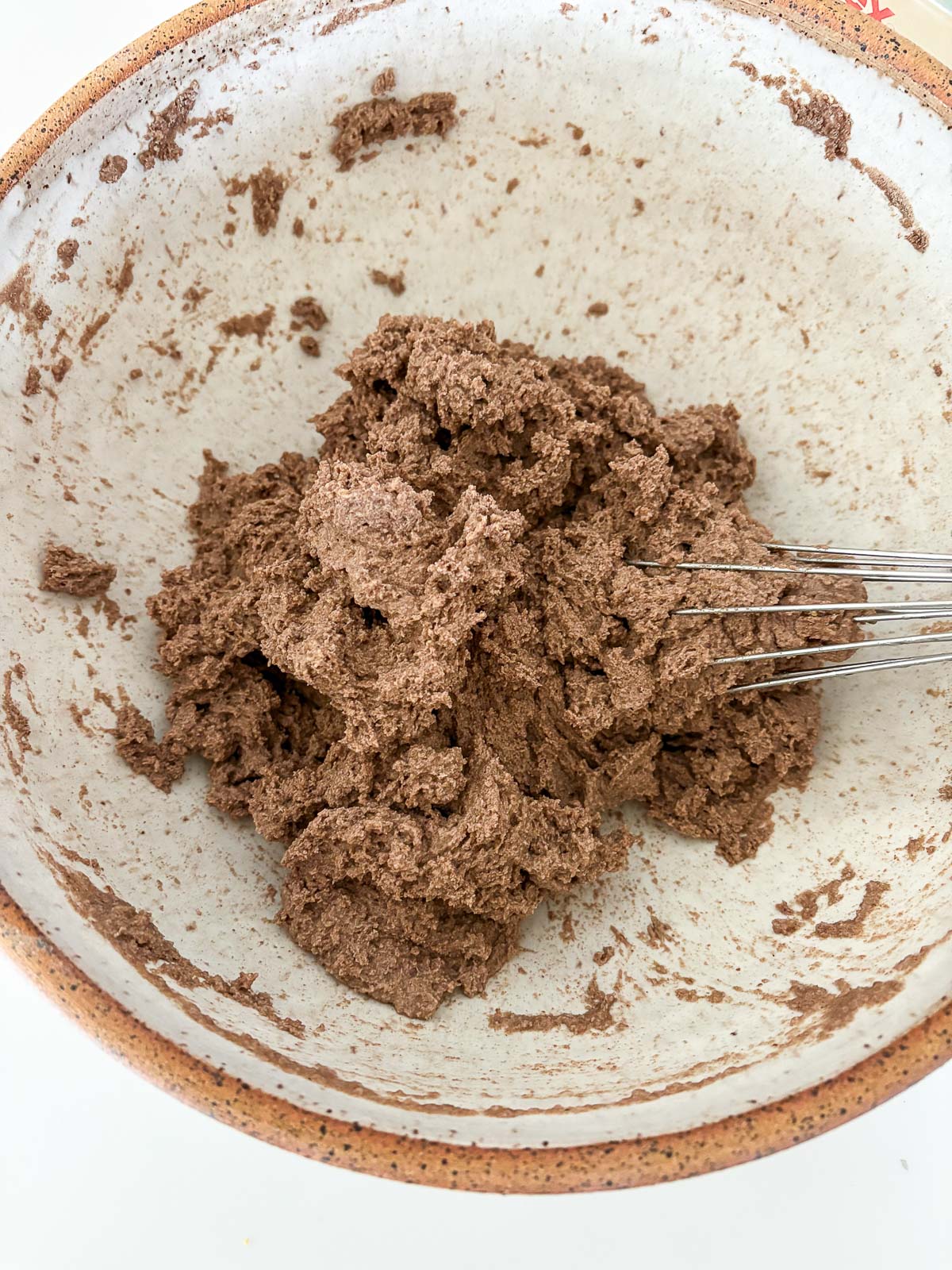
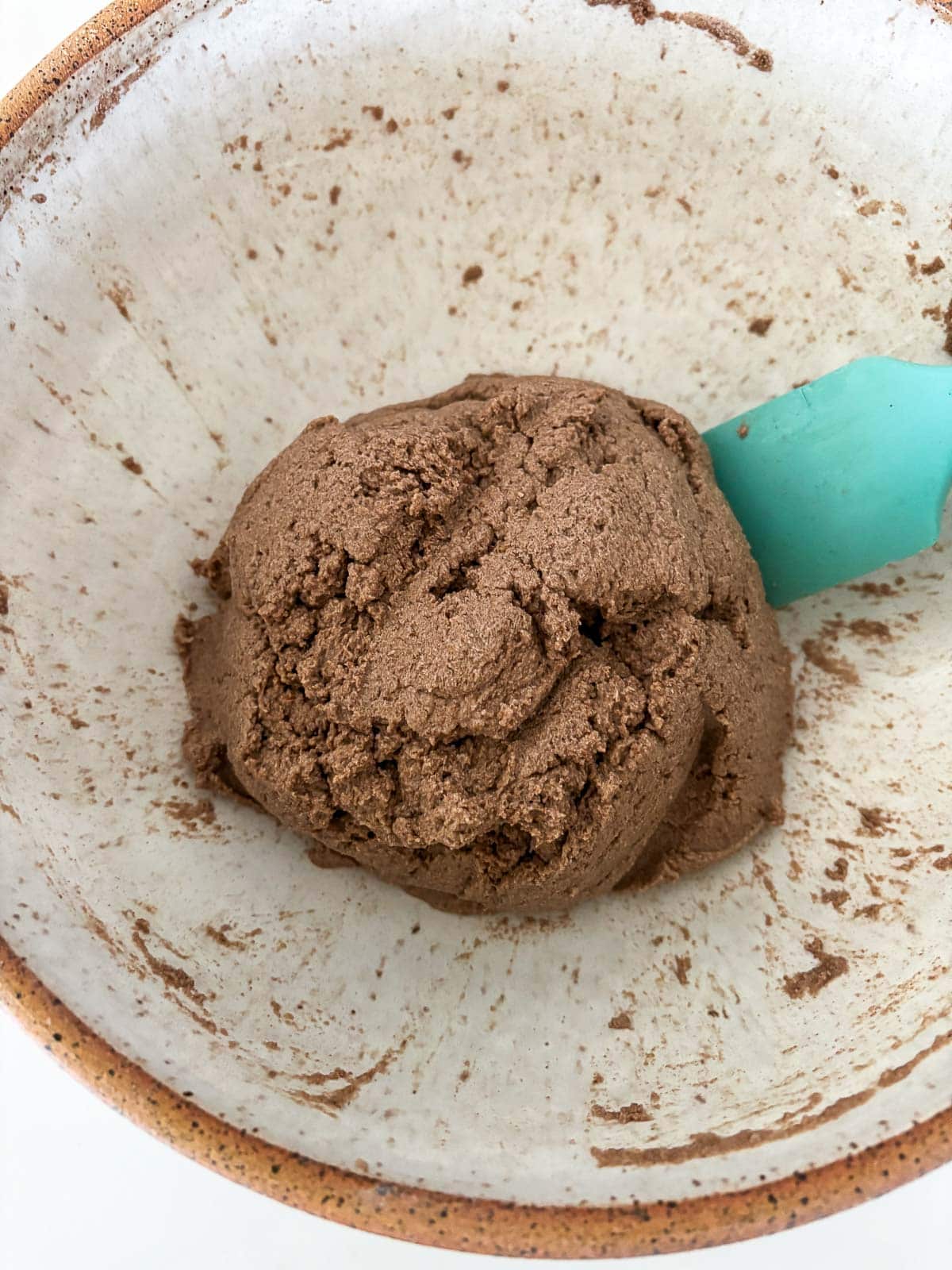
5. Shape the dough. Form the dough into a tall, high-sided loaf and place it on a parchment-lined baking sheet. Top with seeds if you like- spray with olive oil spray to help them adhere.

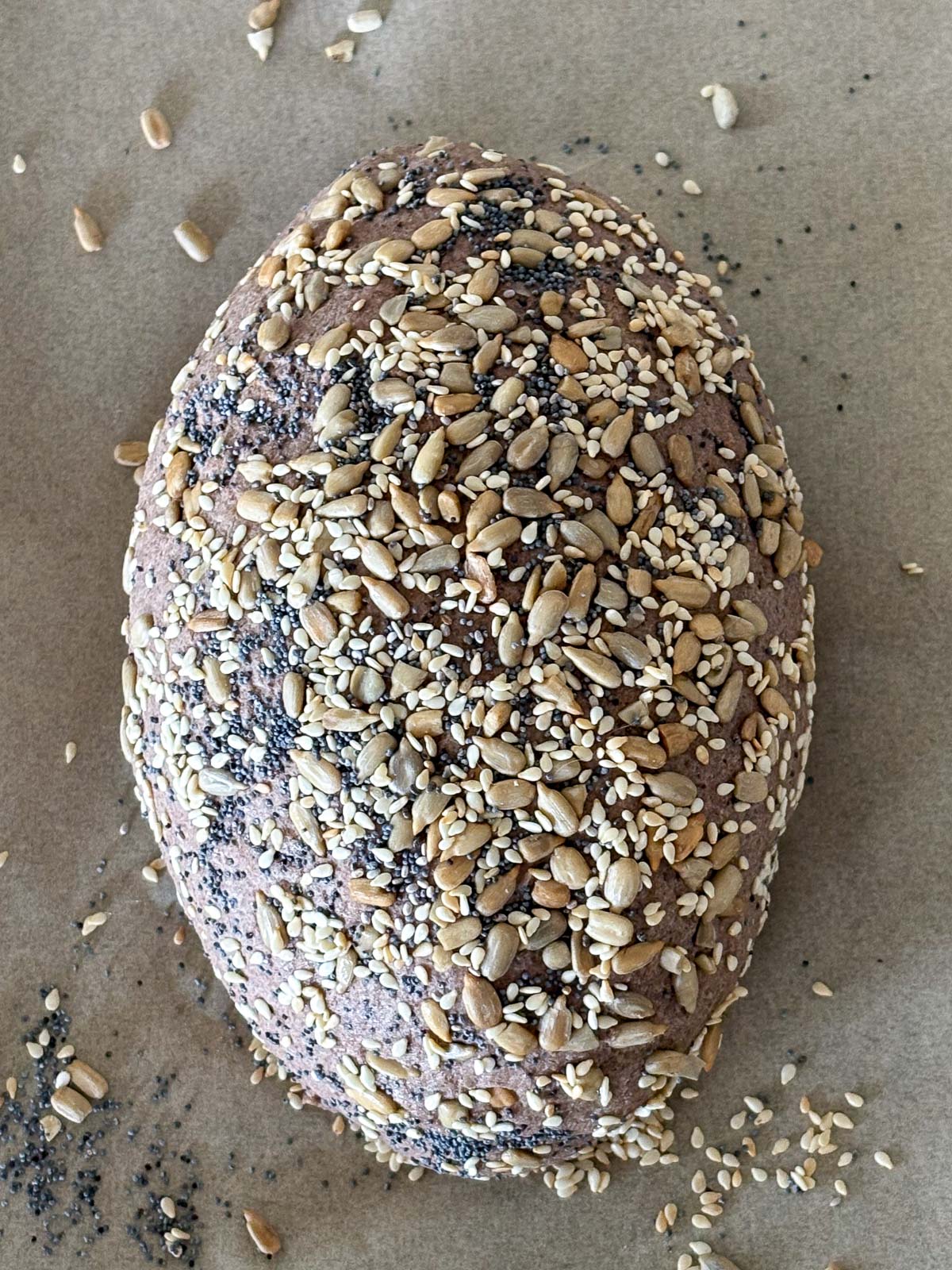
6. Rise. Let the dough rise in a warm spot (out of direct sunlight) until it has nearly doubled in size (1.5 or 1.75 times the original size). I do this in my oven with the light turned on.
7. Preheat oven. Preheat the oven to 425℉ and set up the middle rack.
8. Bake. Bake for 35-45 minutes, uncovered, or until the internal temp is 205℉.
9. Cool. Let the bread cool for at least 45 minutes before slicing.
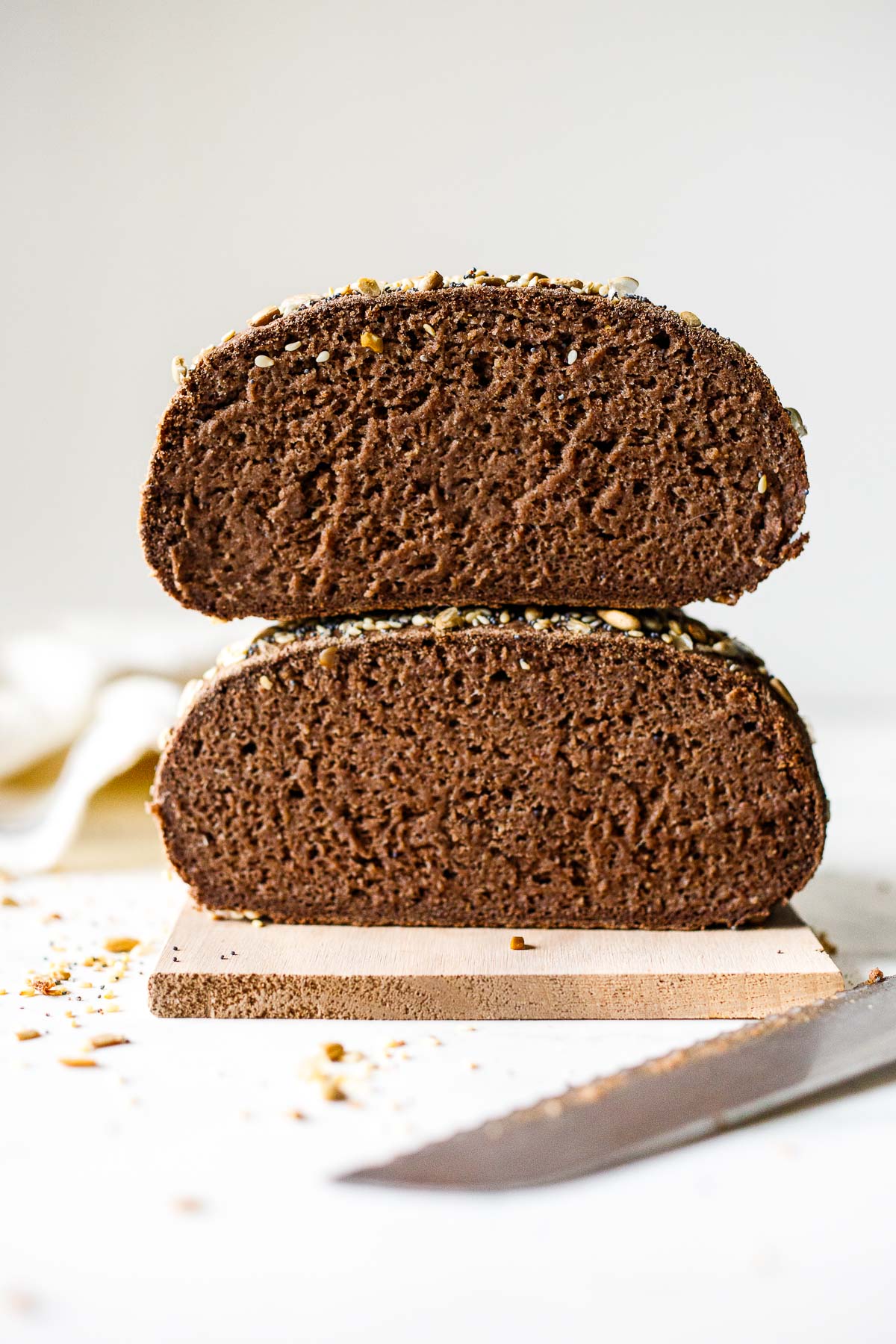
Tips For Making Wheat Free Bread
- Teff flour is key for soft and moist texture. Avoid swapping it for rice or almond flour.
- Ground flax seed can be substituted with ground chia or basil seeds.
- Use a thermometer to check the water temperature for activating the yeast. Too hot, and the yeast will die. Too cold, and it won’t activate.
- No need to knead! This bread comes together with a bowl and a spatula. No need for a loaf pan, dough hook, or bread machine. This is gluten-free baking at its simplest!
- Let the dough rise in a warm spot like the oven with the light turned on.
- Get creative with the topping! Use a mixture of seeds like caraway, sesame, chia, or sunflower for extra flavor and crunch.
- Cool completely before slicing to let the bread set and prevent a crumbly texture.
Serving Suggestions
This is the perfect bread for toast! Try our Mushroom Toast, Brothy Beans on Garlic Toast, or Avocado Toast.
Or use it as gluten-free sandwich bread, like in our Tempeh Reuben, Chickpea Salad Sandwich, or Caprese Grilled Cheese.
Storage Instructions
This gluten-free bread has a long shelf life. Wrap it and store on the counter at room temperature for up to 4 days, or refrigerate it for up to 10 days. You can also freeze the bread for 3 months. I like to freeze individually wrapped slices and pull them out as needed for toast.
FAQs
Use the right flour, like teff! And using a binding ingredient like psyllium husk powder for structure.
Teff flour gives the bread the best moisture and light texture, not grainy or dry!
You can use active dry yeast, instant yeast, or rapid rise yeast, but they all require slightly different methods. You’ll need to activate active dry yeast, whereas instant and rapid rise yeast can be mixed in with the flour.

Once you make this and realize how easy it is, you'll want to make this simple gluten-free bread recipe all the time! So much better than what you’ll find at your local grocery store! Let us know what you think in the comments!
More Favorite Gluten Free Recipes
Watch how to make it!
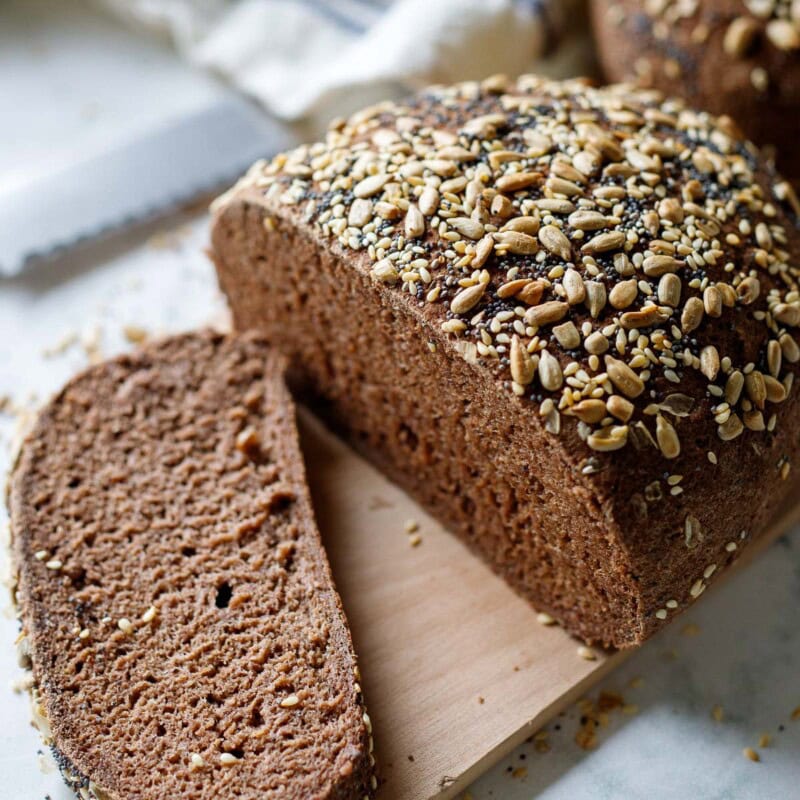
Gluten Free Bread Recipe
- Prep Time: 15
- Rising Time: 2 hours
- Cook Time: 40
- Total Time: 2 hours 55 minutes
- Yield: 600 gram loaf 1x
- Category: Baked, Bread, Gluten-Free Recipe
- Method: Baked
- Cuisine: American
- Diet: Gluten Free
Description
This gluten-free bread recipe is easy to make and tastes like rye bread! Made with teff flour, it’s egg-free, dairy-free, nut-free, and made without rice, starches, or gums. Vegan. Recipe from Amy at Nourish Bakehouse.
Ingredients
- 2 teaspoons active dry yeast *See notes for instant yeast, or rapid rise yeast (you’ll add it to the flour mixture)
- 1 3/4 cups warm water (100- 110°F)
- 1 tablespoon olive oil
- 2 cups teff flour, spooned and leveled
- 1/4 cup psyllium husk ( or powder)
- 3 tablespoons ground flax seed, or sub ground chia, or ground basil seeds
- 1 1/4 teaspoons sea salt
- Optional: 1-2 teaspoons ground or whole caraway seeds (to mimic the flavor of rye bread)
- Optional: spray olive oil and seeds for the top: caraway seeds, sesame seeds, poppy seeds, chia seeds, sunflower seeds, any combo!
Instructions
- In small mixing bowl, dissolve active dry yeast in 100℉-110F water. (Use a thermometer)
- In a separate medium bowl, combine ground teff, ground psyllium, ground flax, and salt. Mix well.
-
When yeast is active, add olive oil to the yeast mixture and stir.
-
Pour the yeast mixture into the dry ingredients and mix thoroughly.
-
Shape the dough into a very tall, high-sided loaf (try to shore up the sides, creating a football shape) and place it onto a parchment-lined baking tray. To add seeds, moisten the top with water or spray olive oil to help the seeds adhere, pressing them in a bit.
-
Let it rise in a warm spot (out of direct sunlight) until it has almost doubled. (1.5 or 1.75 times) I do this in my oven with the light turned on. This can take up to 2-3 hours, and it won’t look really big-look for the cracks in the top to ensure it has risen.
-
Preheat oven to 425℉, setting up the middle rack.
-
Bake for 35-45 minutes (uncovered) or until internal temperature reaches 205℉.
-
Allow to cool for at least 45 minutes before slicing.
Notes
Storing: It has a long shelf life. Wrap and store on the counter for 3-4 days, or wrap and refrigerate for up to 10 days. Freeze for up to 3 months. You can also freeze in individual wrapped slices, then pull out as needed and toast.
You can blend teff seeds and flax seeds in a coffee grinder!
Yeast options: Active dry yeast (highly perishable) should be mixed with warm water (100- 110°F) to ensure it is indeed active- it should get foamy within 5-10 minutes. Allow 2-3 hours rising time. Instant yeast (which is very stable and can be frozen for years) can be added directly to the dry mixture with the flour. Mix warm water (100- 130°F) and oil, then add this to the dry mixture. Allow 45-60 minutes rising time. Tip: Instant yeast is the best yeast to use if you want to do a slow, cold rise in the refrigerator. Rapid Rise Yeast can also be mixed directly with the dry ingredients, but has a short rising time arc, and is not suitable for refrigerating.
Note* Rising Time can vary depending on climate and temperature. In Arizona, active dry yeast took 60 minutes to rise, while in Washington, it took 2 hours.
Loaf Pan: The recipe can be doubled and placed in a parchment-lined 9×5-inch loaf pan. Baking time will almost double. Bake until the center reaches 205F.
Tip: The dough doesn’t seem to rise much, so really try to form it up tall and narrow, so it has a bit of height.
Nutrition
- Serving Size: 1 slice (50 grams)
- Calories: 107
- Sugar: 0.4 g
- Sodium: 199.4 mg
- Fat: 2.2 g
- Saturated Fat: 0.3 g
- Carbohydrates: 18.4 g
- Fiber: 3.9 g
- Protein: 3.5 g
- Cholesterol: 0 mg
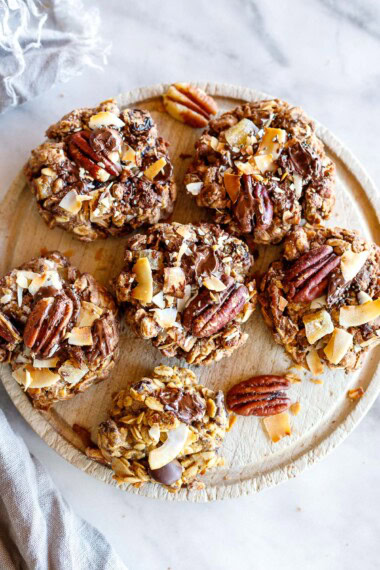
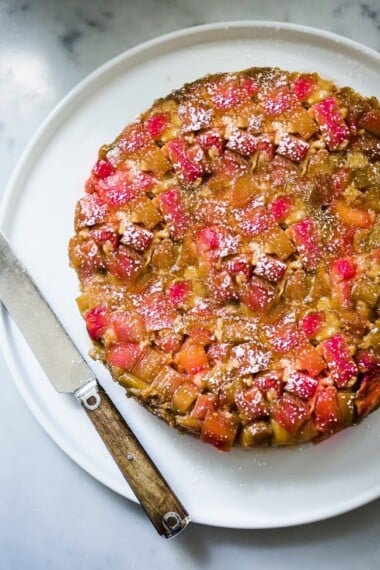
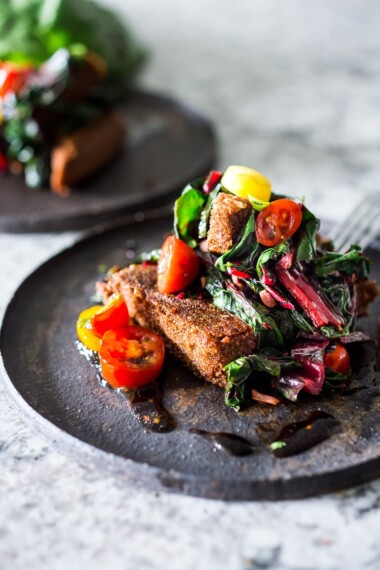
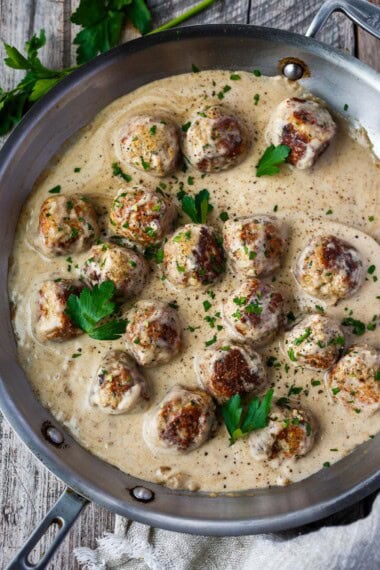

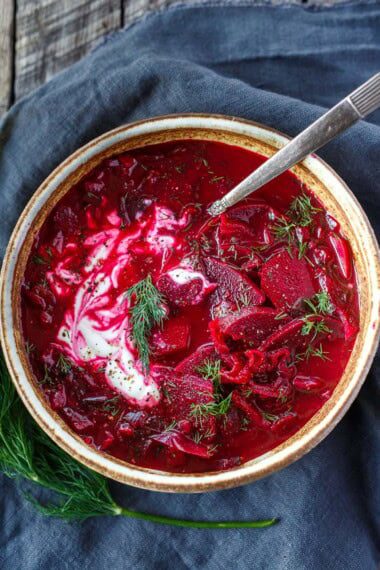

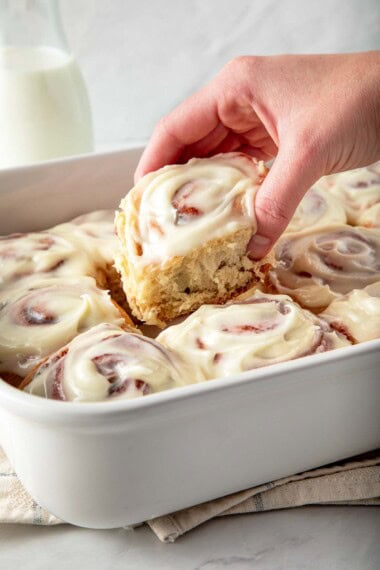
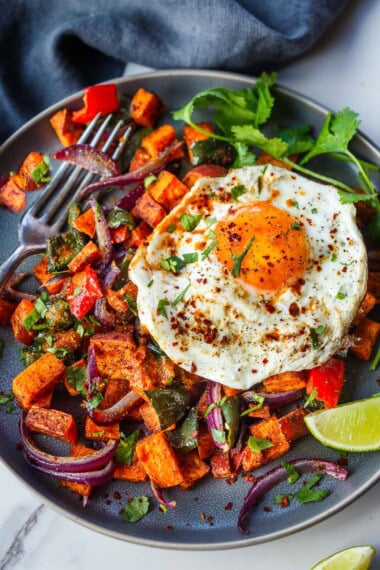
Just wondering how you might adjust the ingredients when subbing GF starter for the yeast?
Hi Laurie, I haven’t tried this with a sourdough starter, sos would be guessing, but I bet it would be awesome. If you try it will you report back with what you did?